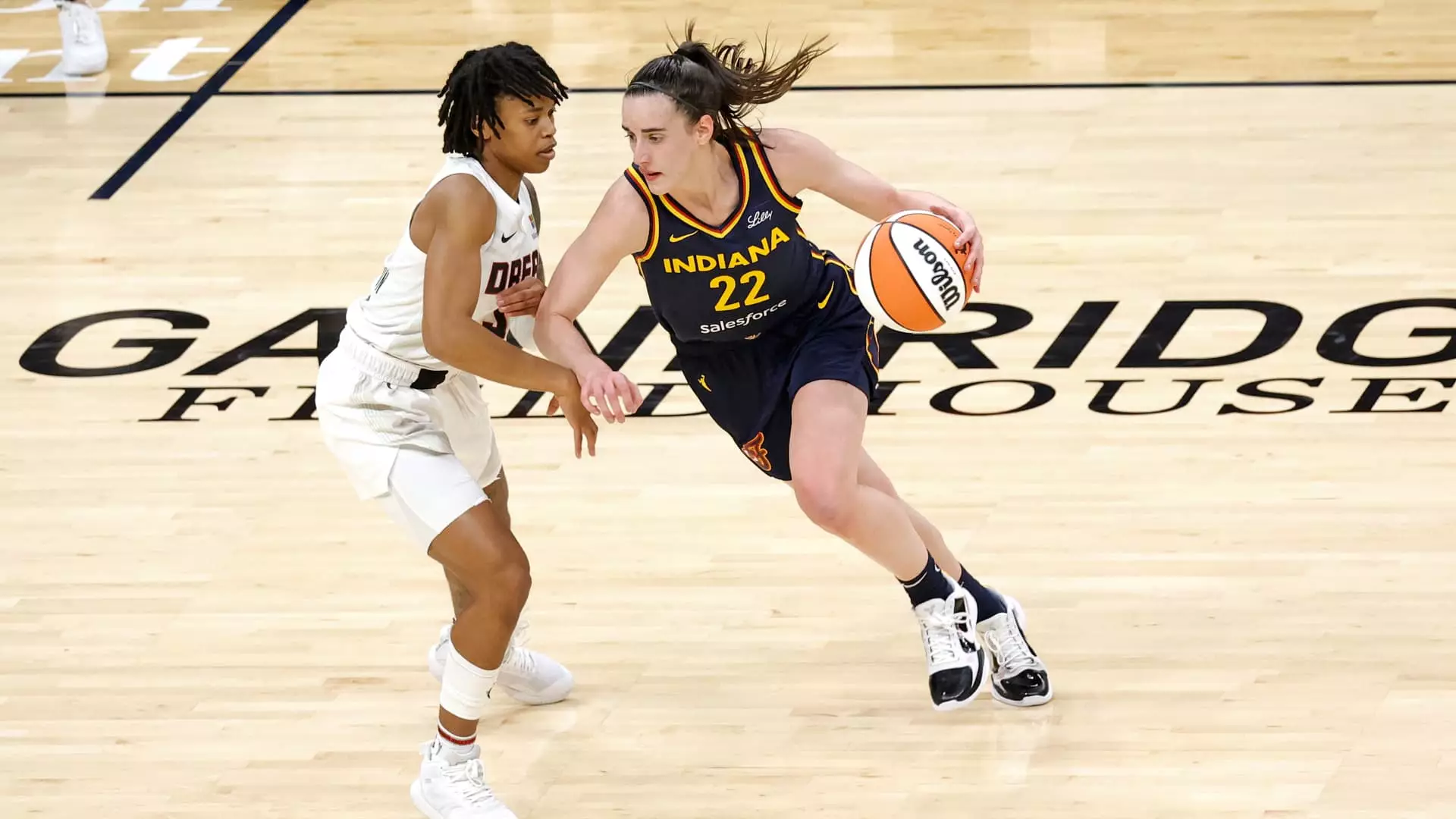The 2024 season of the Women’s National Basketball Association (WNBA) has marked a watershed moment in the league’s history, characterized by remarkable growth in viewership and attendance. The league’s brand was significantly boosted by young superstars like Caitlin Clark and Angel Reese, who have not only showcased their exceptional talent on the court but also played an integral role in captivating a broader audience. According to the WNBA’s latest data, the league attracted over 54 million unique viewers across various networks, achieving an unprecedented record. This impressive figure underscores a cultural shift, where women’s sports, particularly basketball, are garnering the attention they rightly deserve.
The rise in attendance paired with increasing viewership signifies more than just numbers; it represents a shift in societal attitudes toward women’s sports. The league reported its highest attendance figures in 22 years, with a nearly 50% increase compared to the previous season. With 154 sellout games—a staggering leap from just 45 sellouts in 2023—the WNBA has solidified its footing as a staple in American sports culture.
The standout performances of rookies like Caitlin Clark, playing for the Indiana Fever, and Angel Reese with the Chicago Sky, have provided a much-needed injection of energy and excitement into the league. Their performances not only draw fans into the arenas but also significantly inflate viewership numbers on various streaming platforms and television networks. Clark’s rise has particularly transformed the Fever’s attendance, with the team experiencing an over fourfold jump, setting them apart from other franchises, including the Los Angeles Sparks, who registered a notable 69% growth.
This surge in attendance and viewership is also crucial for the league’s financial stability and growth. As interest in the WNBA escalates, it enables the league to negotiate lucrative media rights deals, reflecting the market’s acknowledgment of women’s sports as a burgeoning industry. The recent announcement of a $2.2 billion media rights contract for 11 seasons indicates a promising future, with valuations poised for reevaluation after 2028.
Despite the remarkable upswing in popularity, the WNBA is not immune to the challenges that accompany such rapid growth. As the spotlight intensifies, players have reported encountering an uptick in online harassment and racism. This troubling trend goes against the fabric of sportsmanship and equality that the league strives to promote. WNBA Commissioner Cathy Engelbert’s initial noncommittal response to these issues led to criticism and highlighted the importance of a unified stance against harassment in all its forms.
While Engelbert later reiterated her condemnation of hate and racism, the initial hesitance to address these pressing issues with utmost urgency reveals the challenges the league faces in managing its evolving brand identity amidst a surge in visibility. The WNBA must ensure that as the league grows, it also protects its players from toxicity that can arise from increased attention and visibility on digital platforms.
The future looks bright for the WNBA, bolstered by strategic expansion plans and the introduction of a 15th team in Portland slated for the 2026 season. This decision not only signifies growth but also reflects the league’s commitment to enhancing the competitive landscape. The rising bar in viewership and attendance suggests a solid foundation for further investments in facilities, marketing, and player development, potentially leading to a virtuous cycle of increased interest and enhanced talent.
Moreover, with a record-breaking viewership for regular season games streamed through ESPN and CBS, the WNBA has set the stage for a vibrant postseason. The anticipation around matchups, particularly featuring the Las Vegas Aces and New York Liberty, promises to further enrapture fans and solidify the league’s status in the sporting zeitgeist.
The WNBA’s evolution during the 2024 season presents a microcosm of broader trends in sports and society. It showcases the immense potential of women’s athletics, the significance of cultural change, and the merit of resilience in combating challenges. As the league continues to break barriers and redefine narratives, it is clear that the WNBA is not only here to stay but is poised to flourish in the years to come.

